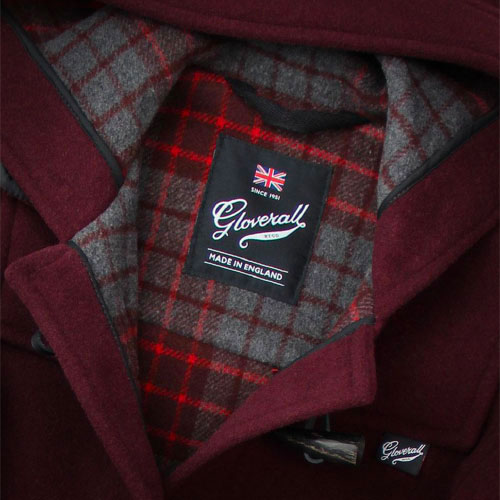
The Duffle Coat: First introduced to the British Navy in the 19th century and popularised by Field Marshall Bernard Montgomery during World War II, this retro coat has come a long way from war-time wear to wardrobe mainstay. The first British made Duffle Coat came from Gloverall, a name that is still synonymous with the coat today. Atom Retro has been delving into its fascinating journey and we’ve got a rundown of everything you need to know about the duffle coat.
WHAT IS A DUFFLE COAT?
The first duffle coats were created in the 1850s by outerwear manufacturer, John Partridge. Thanks to the toggle fastenings on the placket, pancake-style hood and box-cut shape, many suspect Partridge looked to the Polish ‘frock’ coat when creating the duffle coat. Toggles, rather than buttons, were a practical feature for those at sea as they were less cumbersome to fasten with cold or gloved hands. The toggles aren’t the only thing that make the duffle coat stand out from alternative casual outerwear: the large patch pockets and hardy fabrication are just as intrinsic.
Early iterations of the duffle coat were crafted from Belgian wool, in the town of Duffel, would you believe it? Coarse, thick and heavy-duty, the coats were favoured by the British Navy as they provided vital coverage from harsh North Sea winds.
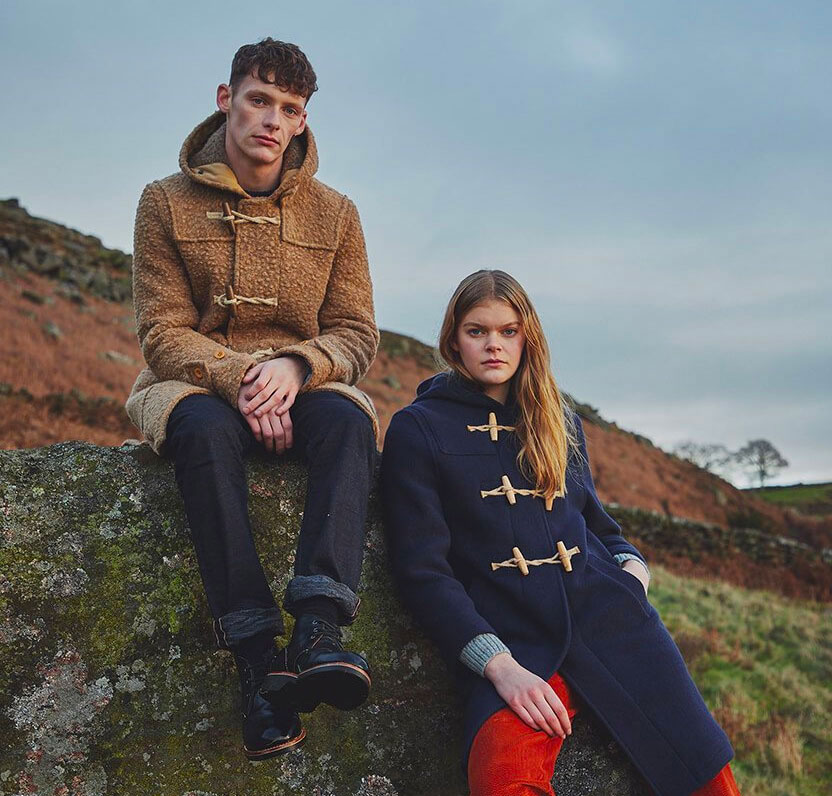
THE GLOVERALL DUFFLE COAT
Heritage outerwear brand renowned for expert British craftsmanship, Gloverall was the first company to take the duffle coat to the civilian streets of the UK. Founded by Freda and Harold Morris in 1951, Gloverall came to be when the Ministry of Defense offered them a huge excess of unused WWII Naval duffle coats. At the time, Freda and Harold owned H&F Morris – a wholesale company that specialised in gloves and overalls – and so the coats were distributed for general sale through a network of retailers.
Through Gloverall, the Duffle Coat was for the available for the first time to the general public and their popularity was unprecedented. Embraced by cash-strapped students and anti-establishment types in the 1960s and 70s, the duffle coat was a world away from their military origins; instead, they adorned peace protesters on the frontline of CND’s Ban the Bomb marches.
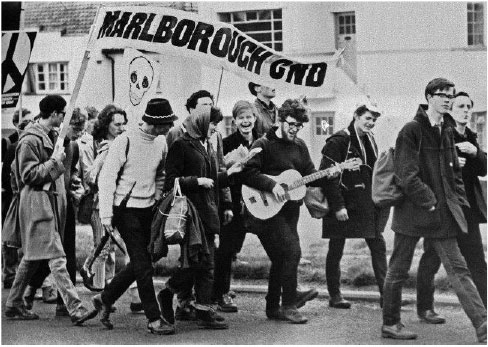
Photo Credit: Flashbak.com
REFINING THE TRADITIONAL DUFFLE COAT DESIGN
By 1953, stocks were heavily depleted and the demand for the duffle coat showed no signs of diminishing. With Harold – the son of a Savile Row master tailor – at the company’s helm, they were able to refine the original duffle design and in no time at all, the first Gloverall duffle coat was born. Its silhouette was streamlined, the thick jute rope hoop fastening was abandoned in favour of leather, striking horn toggles were added and a sumptuous check back Italian fabric lining was introduced. These finer details not only brought with them a sense of luxury, they also helped Gloverall move the duffle coat beyond its military roots. This separation was reinforced further by the release of a ladies’ cut in 1956 and a children’s version soon after.
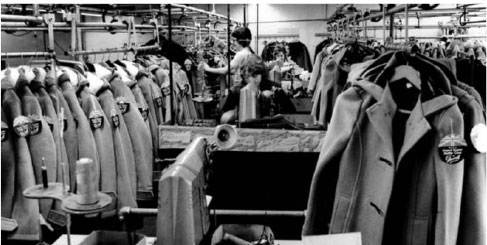
Photo Credit: Gloverall
TAKING CASUAL OUTERWEAR TO A GLOBAL MARKET
Gloverall had reached a global scale by the early 1960s. To meet demand, Gloverall required new factory premises. With Government restrictions preventing them from doing so in London, Gloverall opened a custom-built factory in the Northamptonshire town of Wellingborough. The Gloverall outerwear range grew. Alongside duffle coats, Gloverall also designed and made reefer jackets, peacoats and car coats. Gloverall quickly secured its position as the leading manufacturer of British casual outerwear and international interest grew exponentially – particularly in the US, Sweden and France. By the end of the 1960s, Gloverall was selling to over forty countries, including Hong Kong, Japan and Australia.
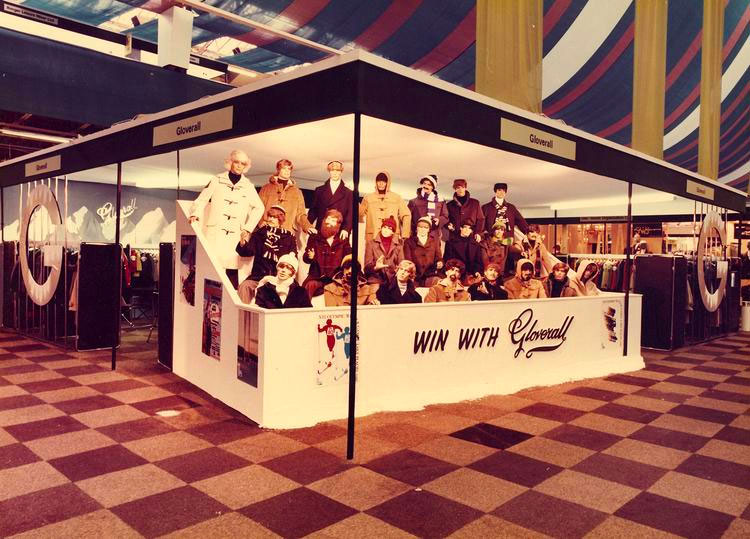
Photo Credit: Gloverall
ROYAL RECOGNITION AND AWARD-WINNING OUTERWEAR
With its huge international following, the Gloverall name went from strength to strength. Already a part of Prince Charles’ wardrobe, Gloverall was recognised formally by the monarchy in 1977 when it was included in the Silver Jubilee Honours list. Soon after, Gloverall was commissioned to supply coats to the British Transglobe Expedition, which included HRH Prince of Wales.
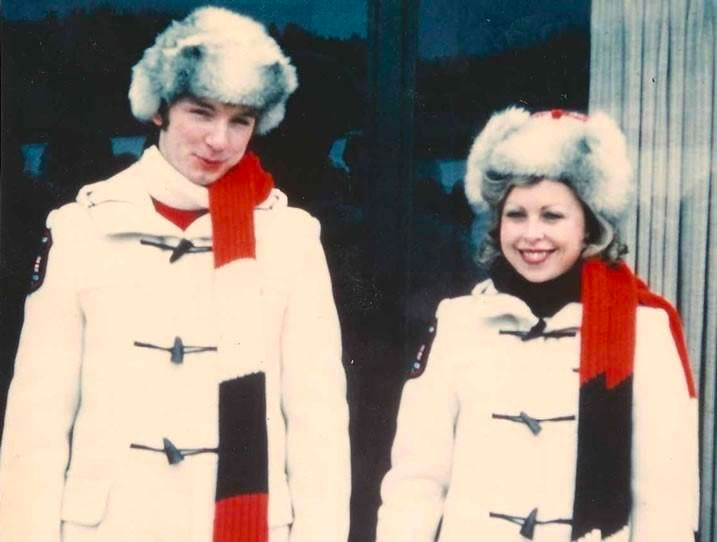
Photo Credit: Gloverall
In 1980, Gloverall was approached to make and design duffle coats for the British Winter Olympics team in Lake Placid and again, in 1988, when they created part of the official GB team uniform. In the same decade, the brand’s authenticity and superior craftsmanship became award-winning as Gloverall became the first company to win the British Apparel Export Award.
EXPANDING GLOVERALL
The 1990s saw Gloverall diversify the brand further than ever before. Not only were super-wax and heavy-duty cottons introduced, but luxury fabrics including cashmere mixes, Harris Tweed and Elysian Herringbone came into production. Not content with their position as an internationally celebrated British outerwear label, Gloverall expanded their range further still to include hats and scarves in the 90s – adding outerwear accessories as another string to their bow.
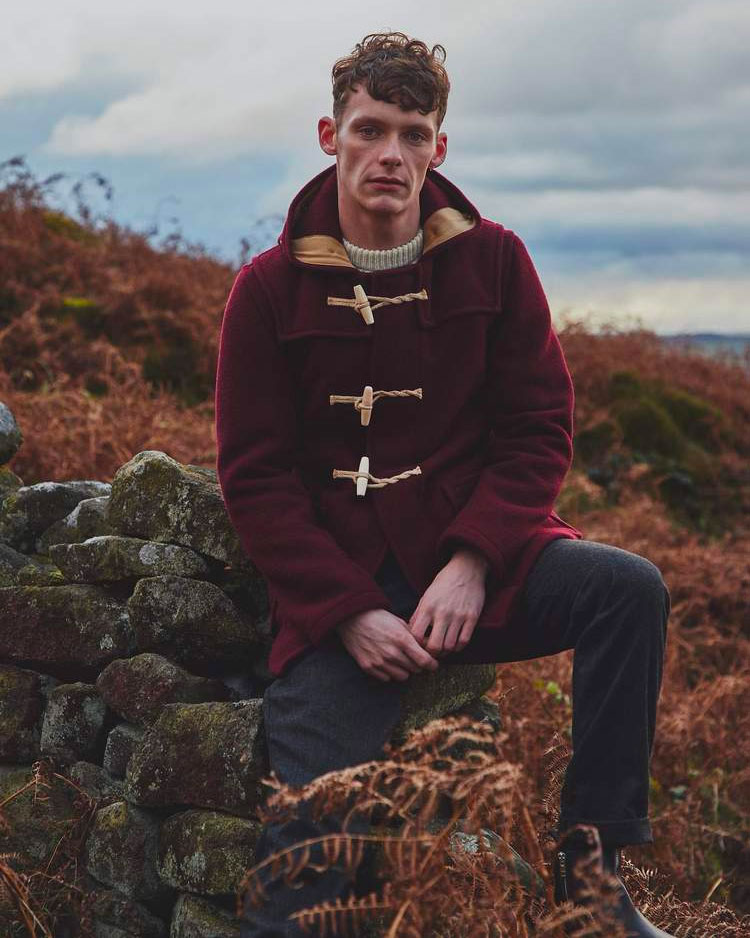
Photo Credit: Gloverall
MADE IN ENGLAND: THE GLOVERALL DUFFLE COAT TODAY
After nearly 70s years in business, the Gloverall Duffle Coat is still made in England to the highest quality and specifications. Since Harold’s refinements in the 1950s, the Gloverall duffle coat characteristics and silhouette are largely unchanged. From the striking lining and fixed saddle shoulder to the loop fastenings, toggle closures and pancake hood, the details that made the Gloverall duffle so iconic remain in place today.
Gloverall have stayed true to the British authenticity and craftsmanship they pride themselves on; invigorating classic outerwear favourites with Premium British fabrics that encapsulate the luxury, rustic aesthetic they’re known and loved for.
THE MAINSTAY OF WINTER OUTERWEAR
Seventy years on, Gloverall is still thriving and will do so for as long as people wantclassic, well-made garments that will stand the test of time. Invest in a Gloverall duffle coat and you’ll thank yourself for it years from now. There’s a reason Paddington’s outerwear looks as good today as it did when the Brown family gifted it back in 1958.

